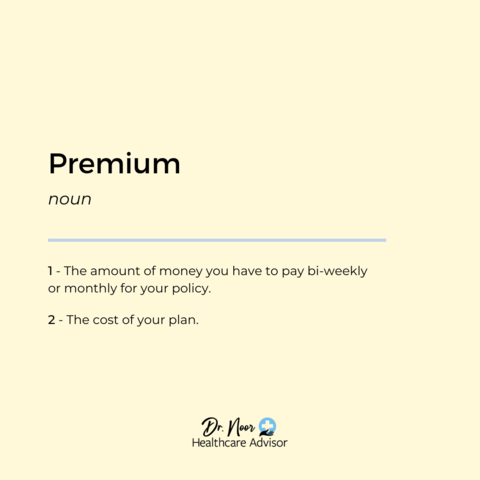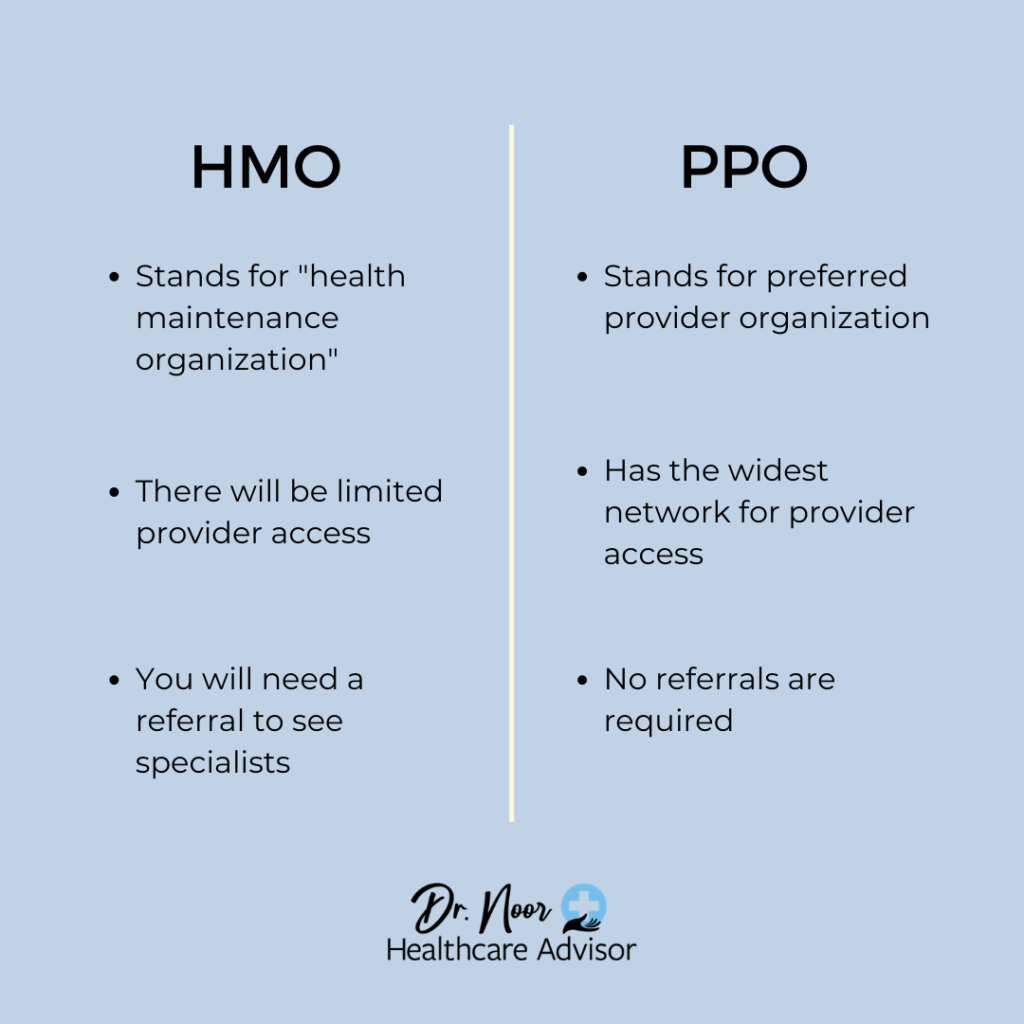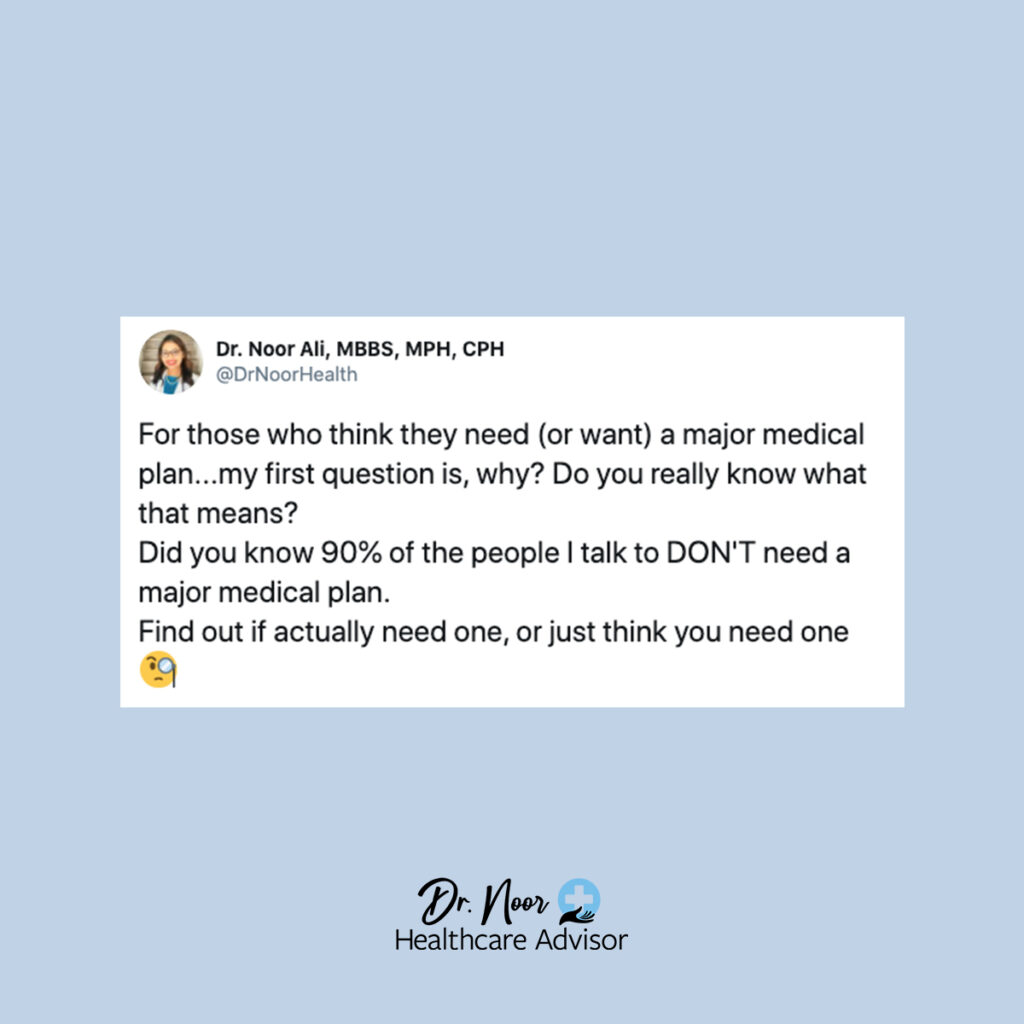What To Look For When Shopping For Health Insurance
Jargon like premiums, deductibles, and co-insurance giving you a headache? Here’s a simple breakdown of some of the main points you should be looking for when shopping around in the healthcare marketplace for health insurance plans:
1. Premium – The monthly payment that you have to pay to have the policy. This is typically due at the same time each month for as long as you have the policy. Most companies have a 30-day grace period if you are late on a premium payment. It’s usually best to have your health insurance premiums auto-deducted from your paychecks or on some kind of auto-payment. That way, if you are ever late on a payment, or your credit or debit card expires or gets lost or stolen and you happen to need emergency medical services, you won’t be stuck without health coverage!

2. Deductible – This is the amount of money you have to pay out of pocket in full medical costs before your insurance company will pay out benefits according to your policy. Deductibles vary from plan to plan. Higher deductible plans can have lower premiums, but not always, so be aware of your plans’ premiums and deductibles. A very common misconception, especially among younger generations, is that the younger and healthier they are, the higher deductible plan they should be on because they hardly ever use their plan or get sick. On the contrary! It could mean that they are paying into a health insurance plan that they hardly get to utilize benefits for until an unlikely high deductible is met. Reasoning that works for your home and auto insurance might not make sense for your health insurance.
3. Network – Your health insurance network dictates which doctor, provider, hospital and medical centers you can go to that will accept your insurance plan. Typically, the three main types of networks are Preferred Provider Organization (PPO), Health Maintenance Organization (HMO), and Exclusive Provider Organization (EPO). A PPO network is nationwide; it is the largest type of network and crosses state lines for coverage. It’s a good idea to look up your preferred doctor or provider before signing up for an insurance plan to confirm that they are in-network and will accept your plan.

4. Co-pays/Co-insurances – This is the amount of money you have to pay BEFORE you are able to get your medical service. Co-pays are usually fixed-dollar amounts whereas co-insurances are a percentage of your total billed charges for medical services rendered
5. Maximum-out-of-pocket – The most you will have to pay out of pocket for your insurance plan before an insurance company will step in and cover the rest of your medical bills. Different carriers may have different definitions and clauses and riders that go into determining this amount. Be mindful of limitations and exclusions.

When evaluating whether or not an insurance plan is right for you, it’s important to consider these points so you can compare apples to apples. All insurance plans are not the same and each policy is created with many layers of coverage sandwiched with riders, limitations and exclusions.
I can help you make sense of the healthcare marketplace with one quick phone call. Schedule you consult with me today!
Still confused? Consulting a Licensed Health Insurance Advisor (like myself) will help you better understand your current plan, the plans you are considering, and which option makes the most sense for you.
Schedule your consultation with me today to see if you are on the right plan for you!
Connect with me on Social Media. And SUBSCRIBE to my YouTube Channel for fresh tips on understanding the health insurance industry so you can make the most INFORMED decision.





